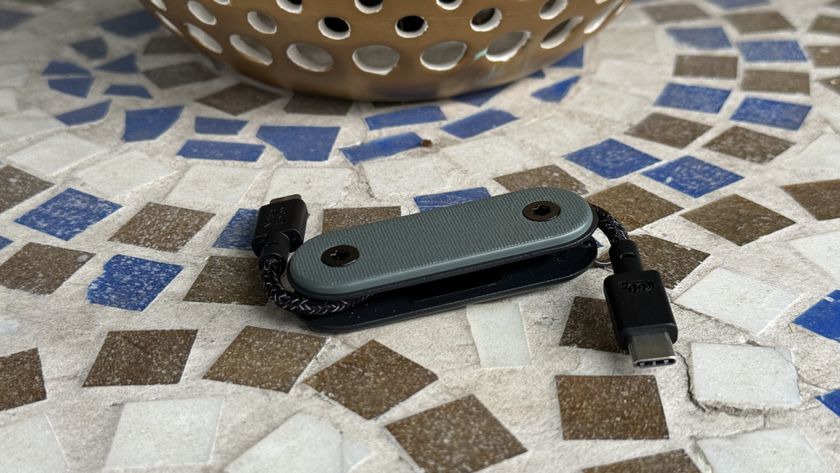The Sennheiser Ambeo Smart Headset will change your iPhone video forever
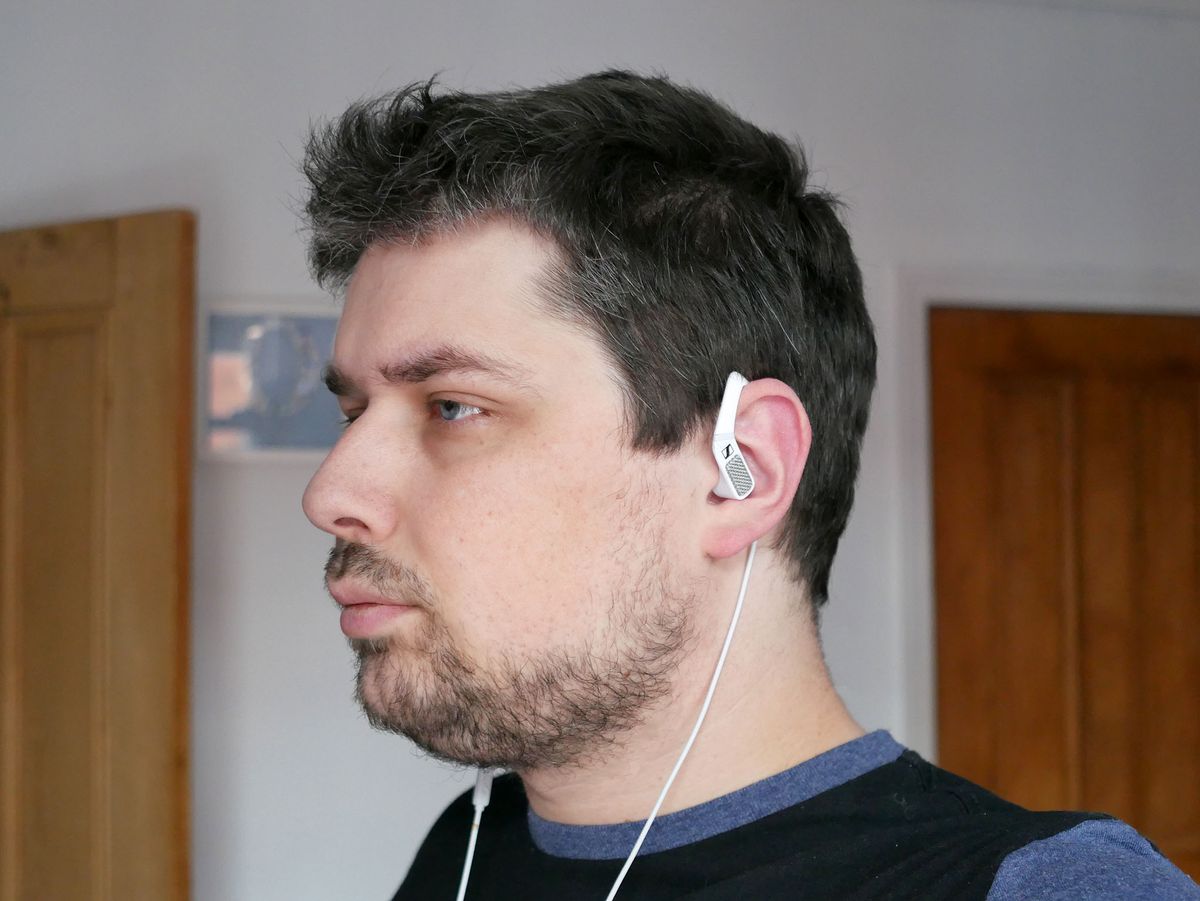
That's a pretty bold statement, but it's not at all off the mark. Sennheiser originally announced its Ambeo Smart Headset back at CES 2017 with big promises. In short, it's designed to allow you to record "3D" spatial audio without large, expensive equipment.
All you need is this headset and your iPhone. No, really.
The finished product still doesn't have an official release date, but Sennheiser was kind enough to provide us with an early sample at the recent IFA Global Press Conference in Portugal. Even at this early stage, it's going to make a big change to mobile recording.
What the heck is the Ambeo Smart Headset?
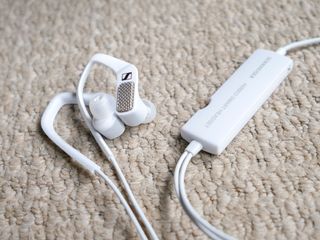
VR and AR is the latest hotness, and a big part of the experience there is the audio. After all, having a fully immersive, 360-degree visual experience is going to lose a lot without the necessary audio to go with it. As Sennheiser said during its brief presentation at the event, your eyes see information, your ears hear emotion.
Ambeo is the branding applied to the company's 3D audio products, and it already has one of the world's first portable VR microphones. The idea is straightforward; just as you're capturing 360-degrees of video, Ambeo captures audio in the same sphere, rather than a flat plane as you'd get with regular video content.
The Smart Headset brings this 3D audio recording concept to the consumer. Instead of a standalone microphone, Sennheiser has built this technology into a pair of headphones.
Hidden microphones
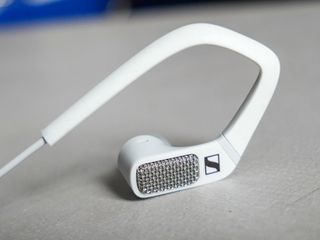
The magic microphones are hidden behind the mesh panels on the exterior of the earbuds. To the average eye, you're just looking at a fairly regular pair of sports headphones. They're easy to adjust over your ear, but equally they're a tiny bit awkward with glasses on.
Master your iPhone in minutes
iMore offers spot-on advice and guidance from our team of experts, with decades of Apple device experience to lean on. Learn more with iMore!
At the other end is a Lightning connector. This particular version of the Smart Headset is iOS only and requires iOS 10 in order to process the spatial audio. There will be another version in the future with a USB-C connector for other phones, but for now, we get all the fun.
Between the headphones and the Lightning connector is a fairly large, fairly cumbersome box. It contains the regular controls you'd expect to find on an inline remote, as well as one for the "transparent audio." This essentially allows you to turn down the volume of what's happening on the outside of the headphones. It's actually possible to use these in a noisy environment to make things quieter. So long as it's connected to your iPhone.
It hears what you hear
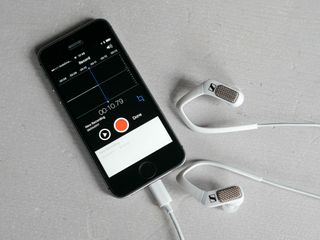
The idea of a microphone that you strap to your ears is something fairly foreign, especially if you're used to shooting video. But what you have to get your head around is that this isn't just a microphone to make your subject in front of you sound better.
The Ambeo Smart Headset is there to capture all of the sounds that your ears would be picking up in the 360-degree space around you. So why not mount the microphones on your ears? It has its issues, such as 'refocusing' the sound when you move your head that can affect the overall result, but it's certainly better than holding up a microphone. And it doesn't require any kind of 'rig' to mount your phone and all the external hardware to.
Sennheiser has designed the Smart Headset to record in such a way that it would be as your ears would hear it. Natural, balanced, genuine.
Enjoyable for everyone
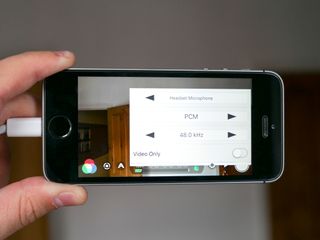
Upon plugging the Smart Headset into an iPhone, you're prompted to install a companion app which doesn't yet exist. It's early days still, so that's something we can overlook, but you don't need it. The iPhone detects it just fine as an external microphone and you can use it with the stock camera app or a third-party one such as Filmic Pro.
The audio is processed and applied directly to the video you're recording, so anyone can enjoy it with any headphones. I recorded a sample with the Smart Headset, then subbed in a pair of bog standard Apple Earpods and the audio effect was exactly the same. For the best experience, you're going to have to be wearing headphones, so grab a pair and check out the quick sample below.
The audio may not seem as 'loud' as you'd expect, but that's not the target. Realism is key, not volume. If you close your eyes you should be able to pinpoint where each sound is coming from. To go back to that corny line, your ears hear emotion. That's exactly what Ambeo can do for your videos. The microphones are fairly sensitive given their size. I tested in the hotel lobby just after the event and even there, I could here the footsteps of people walking behind me, the noise of a trolley full of glasses rattling along. It was almost spooky, to the point I kept looking behind me, forgetting I was listening to a recording.
It's easy to get swept up in the magic of the 360-degree audio, but never forget this is a pair of Sennheiser headphones, too. And they're pretty good all round. Nothing too heavy on the bass, a very well rounded, good quality sound as you'd expect from Sennheiser.
The bottom line
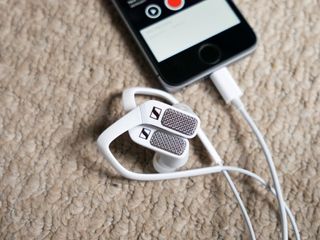
The Ambeo Smart Headset is a genuinely exciting product because of what it's able to do in a fairly small, comparatively inexpensive device. Final pricing and release dates are still unknown, and it's not expected to be available to the wider world until later in 2017.
Just as 360-degree video has begun to pick up steam with the upturn in VR and AR, 3D audio is the next great thing for video creation. What the Ambeo Smart Headset does is bring that to everyone, not a select few, and adds a new dimension to regular 2D video. It's something we'll be watching very closely as it gets out into more hands.


